- Description
- Reviews (0)
Description
Also known as
Arumanis, harum manis.
Origin
Indonesia
Preparation
Wait for the harumanis mango to yield to gentle pressure. Cut longways along either side of the seed. Scoop out flesh from the two sides of the mango. To eat the flesh surrounding the seed, it’s best to eat out of hand.
Usage
The harumanis mango is best enjoyed out of hand when perfectly ripe but is also sometimes served with glutinous rice and coconut cream, a popular dessert in Southeast Asia.
Storage
Ripen at room temperature then store in the refrigerator once ripe.
ABOUT THE FRUIT
Harumanis mangoes are a medium sized mango (usually 300-500g) with a medium sized seed that are grown in Indonesia and North Malaysia.
The flesh is thick, almost fibre-free and orange-yellowish in colour – it melts in the mouth. The strong skin remains mostly green throughout ripening.
The flavour is sweet and strong, as is the aroma. It’s for this reason that this variety was named harumanis as in Indonesia ‘harum’ translates to fragrant and ‘manis’ means sweet.
The harumanis mango is a difficult variety to grow, with many factors affecting the quality of the harvest including amount of rain during flowering period, water retention in soil, soil pH and exposure to sunlight once the fruit reaches maturity. As a result of this, as well as the variety being sought after for its taste, the market price is higher than other Southeast Asian mangoes.
They are graded into 4 categories; AA, A, B and C and in Malaysia grade AA and A fruits are sold on a pre-order basis before they are ready to be harvested. Some fruit fanatics are known to drive hundreds of kilometres along the length of Malaysia to hand select their fruits in the Northern state of Perlis.
The season for this variety is short.
Be the first to review “Mango – harumanis”
You must be logged in to post a review.

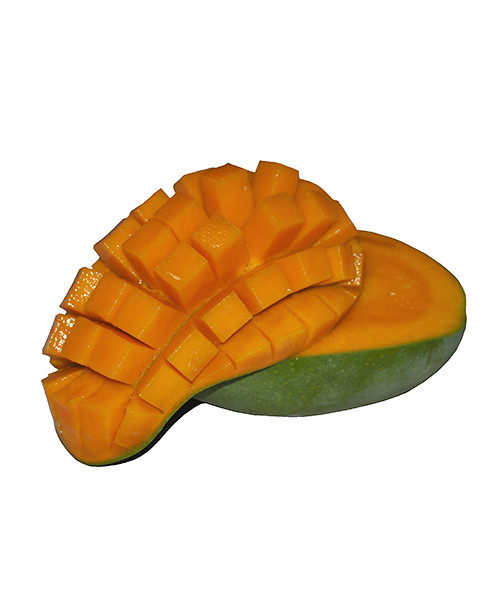
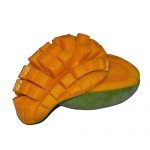

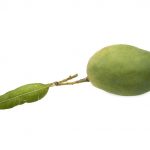
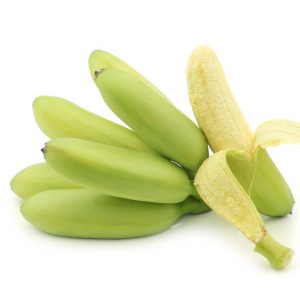
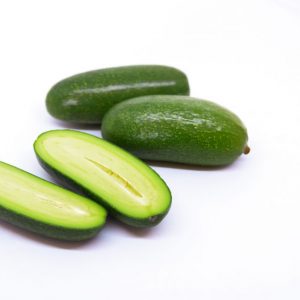

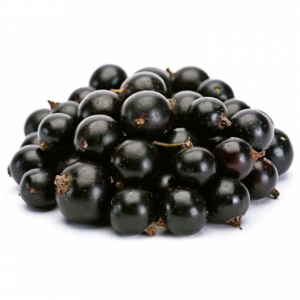
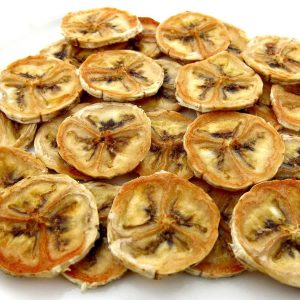
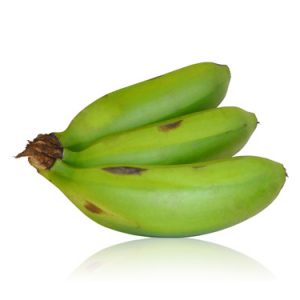
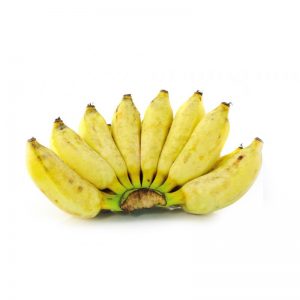
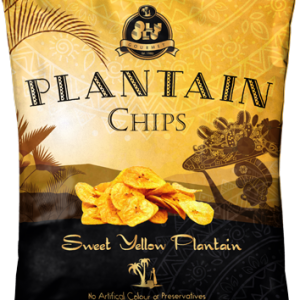
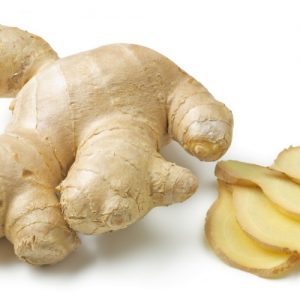
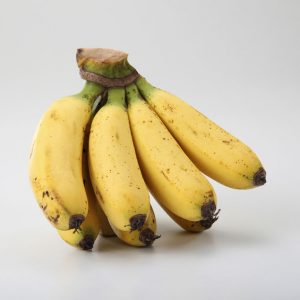
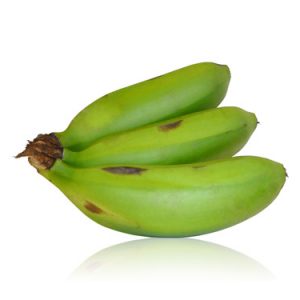
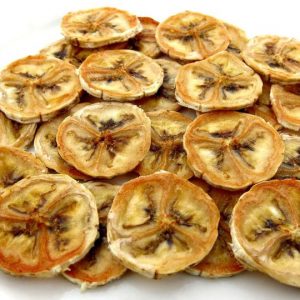
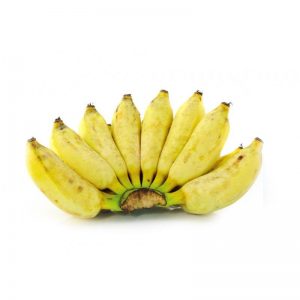
Reviews
There are no reviews yet.